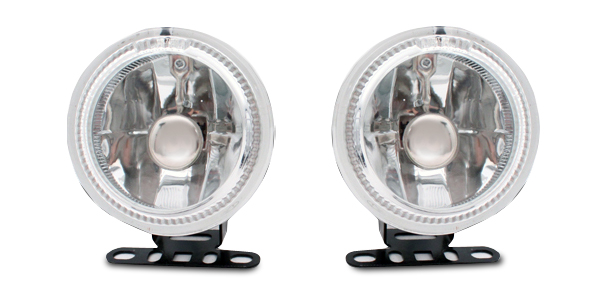

Workers must be trained in evacuation procedures, with emergency exits clearly displayed. A PCBU must maintain an accurate and up to date emergency plan which must be displayed prominently in the workplace. In an extreme weather event, workers may rely on the emergency plan to keep them safe. See the Smoke, pollen and dust in the workplace webpage for further information. Freezing fog makes driving, boating, flying and other forms of transportation. The tiny liquid droplets in the fog can freeze instantly to any surface, including vehicles and road surfaces. In particular, pollen allergies and asthma may be worsened during some types of storms. A Freezing Fog Advisory is issued by your local National Weather Service office when fog develops and surface temperatures are at or below freezing. Workers who work outside may be at a higher risk of exposure to extreme weather, however these conditions can also impact workers who are indoors.Įxtreme weather can also make some existing health issues worse. high levels of solar ultraviolet radiation (high UV index), andĬurrent weather warnings for the ACT can be found on the BOM ACT Warnings Summary page.natural disasters such as floods and bush fires.

The Bureau of Meteorology (BOM) provides warnings of extreme weather events including: Weather can be unpredictable and change quickly. This page outlines steps to identify risks and reduce hazards associated with exposure to extreme weather conditions such as heavy wind or rain (including natural disasters). Persons conducting a business or undertaking (PCBU) must manage the risks at the workplace. Other than the fog, the mixing of the water helps lift nutrients, making this area one of the best fishing places on earth.Working in extreme weather can pose significant health and safety risks to workers. The Grand Banks are quite close to where the Titanic sunk, and the shipwreck expedition for the Titanic began. The northern cold Labrador Current mixes with the eastern warm gulf-stream current, creating a thick fog almost every day. These regions are shallow with a depth ranging from 50 to 300 feet. The Grand Banks are a cluster of underwater plateaus on the southeastern parts of Newfoundland in eastern North America. Most of the precipitation on the desert comes in the form of mist from the Pacific Ocean. The coastal fogs forms on shores of Chile and then it is blown inland as cloud banks which the locals call ‘’camanchaca’’. Although the Atacama is one of the driest regions on earth, the cloud carries humidity. The Atacama is the driest non-polar desert on the globe, and it features Felsic lava, sand, rough terrain and salt lakes among others. The Atacama Desert is a 600 mile strip of the Pacific coast on the western part of the Andes Mountains. One possible reason for this has been the temperature change from global warming. Mist and fogs are quite frequent in the valley - however, it has been noted that fog is becoming less and less common over the years. Po Valley is a crucial geographical feature in north Italy, which extends over 400 miles in west-east directions. However, although heavy fogs in Hamilton tend to appear in the morning, they usually burn off at noon producing calm and sunny winter days. The city experiences wet and cold winters with foggy mornings especially near River Waikato which runs through the city. Hamilton experiences 125 days annually of an oceanic climate which is characterized by high precipitation. Located on the northern island of New Zealand, Hamilton is the 4th most populous city in the country. Some of the foggiest places in the world include: 10.

The water droplets present in the atmosphere make the fog visible, remember water vapor is invisible. During the condensation process, the water molecules combine to form minute water droplets which hang in the air.
EXTREME WEATHER WALL OF FOG PLUS
Fogs tend to affect numerous human activities including warfare, travel, and shipping plus they can reduce visibility to below 0.62miles.

They are low lying clouds which are heavily influenced by the topography, wind conditions and nearby water bodies. They are made up of ice crystals or water droplets suspended near the surface of the earth or in the air. Fogs are the thick or thin clouds which touch the ground and can make it difficult for people to see through it.


 0 kommentar(er)
0 kommentar(er)
